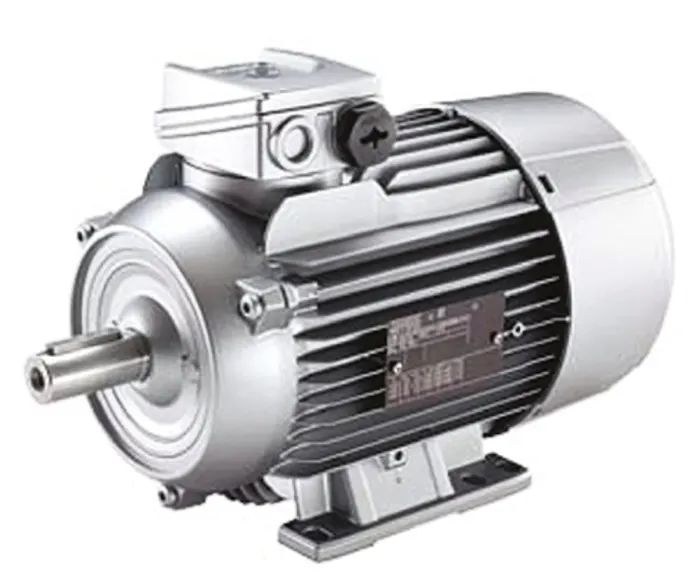In Electrical Engineering, there are instances that the engineer needs to consider equipment duty and absorbed power in calculations particularly when dealing with process equipment such as pumps, fans and blowers, heaters, etc.
Most electrical equipment will usually utilize lower power than what is stated in the nameplate rating. This phenomenon are not under understood by engineers in other discipline such as telecom and instrumentation. For the Electrical Engineer, these are always considered when selecting electrical power supply equipment.
Equipment Duty
Engineers and manufacturers specify the duty of equipment to ensure that it operates safely and efficiently within its design parameters. Deviating from the specified duty can lead to reduced equipment lifespan, decreased efficiency, or even safety hazards.
Equipment duty refers to the intended or specified function or operation of a particular machine, device, or system. It describes what a piece of equipment is designed to do and under what conditions it is expected to perform. Equipment duty can vary widely depending on the type of equipment. In the case of a pump for example, the duty might include the flow rate it is supposed to maintain, the pressure it should generate, and the type of fluid it should handle. In the context of electrical equipment, duty can refer to the load it is designed to handle, such as continuous operation at a specific current or voltage.
Absorbed Power
For an electrical equipment, absorbed power is the electrical power drawn from the source, and is a measure of the electrical energy consumption.
For a mechanical equipment, absorbed power can refer to the power required to drive a machine, which might involve overcoming friction, moving parts, or other resistive forces. It's usually measured in mechanical horsepower or watts.
Understanding absorbed power is crucial for designing electrical systems, calculating energy consumption, and ensuring that mechanical systems have sufficient power sources to perform their intended duties.
Summary
In a lot of machinery, especially rotating equipment like pumps and motors, the absorbed power can be linked to the equipment duty. For instance, a pump might consume more power or have higher absorbed power when it's pumping a higher volume of liquid or pumping against a higher pressure head. Similarly, a motor's absorbed power might increase as the mechanical load on it increases. Monitoring and understanding these relationships can be crucial for optimal equipment operation and maintenance.
In summary, equipment duty defines what a piece of equipment is designed to do and the conditions under which it should operate, while absorbed power represents the energy or power input required for the equipment to carry out its duty. Both concepts are fundamental in engineering, as they are essential for designing, operating, and maintaining various types of equipment and systems.
